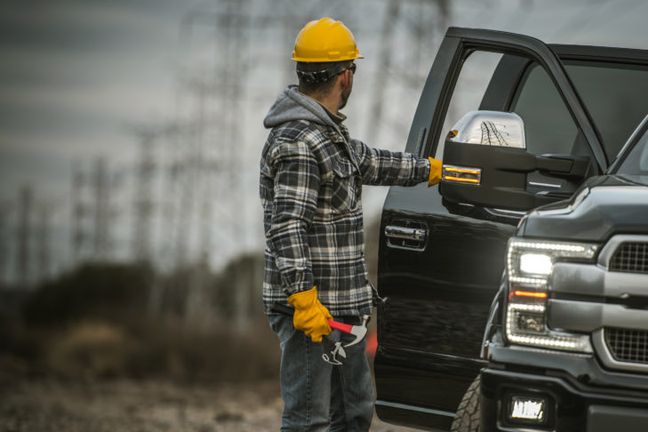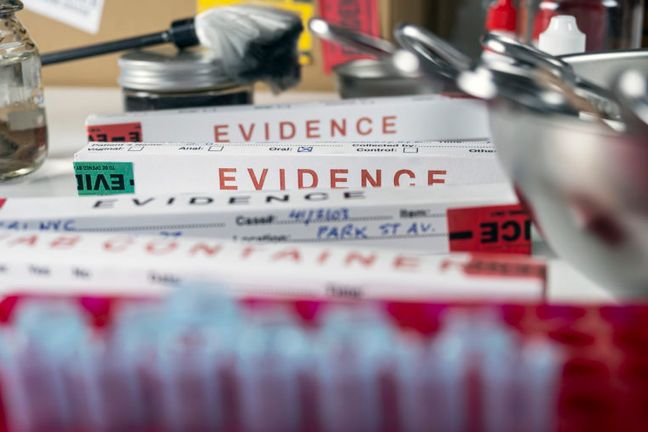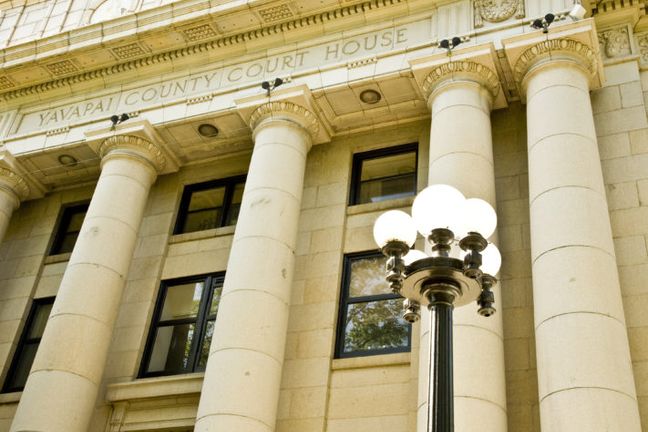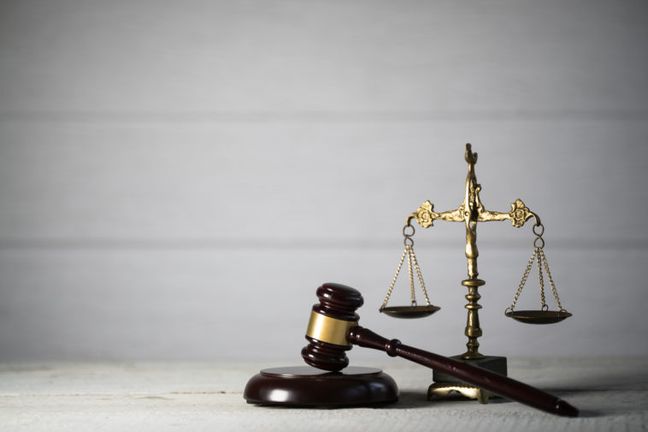In a very favorable case for public entity defendants, the Second District Court of Appeal recently upheld a defense verdict for the Department of Transportation (“Caltrans”). (Fuller v. Dept. of Transportation (2019, WL 3933563). The appeal brought by plaintiff challenged the verdict primarily on grounds the special verdict form drafted by plaintiffs’ counsel was inconsistent with and not supported by the evidence because the jury did in fact find a dangerous condition of property existed. The court found no inconsistency because the foreseeability element of a cause of action under Govt. Code § 835 for dangerous condition on public property differs from general foreseeability and “requires that the precise manner in which the injury occurred be reasonably foreseeable.” (Id. at p. 3., citations omitted).
Underlying Facts
On the afternoon of October 10, 2011, Jeffrey LaChance tried to pass a tour bus on northbound State Route 1 (“SR-1”) approximately two miles south of Hearst Castle. State Route 1 is a two-lane road at this location with a dashed center line permitting the passing of slower vehicles when safe to do so. Plaintiff Peter Fuller and his wife were travelling southbound on SR-1 at the speed limit of fifty-five miles per hour. Mr. LaChance failed to pass the tour bus and collided head on with the Fuller vehicle a few feet north of a scenic turnout at Vista Point. Mr. Fuller was seriously injured and his wife was killed.
Mr. Fuller sued Caltrans for dangerous condition on public property (Govt. Code § 835). Plaintiff alleged two theories of dangerous condition. First, the road striping should not have allowed passing at the location of the accident due to an alleged dip and blind spot which obscured line of sight. The second dangerous condition theory was passing should not be allowed at the intersection of the scenic turnout because it could result in T-bone accidents.
Trial and the Special Verdict Form
The case proceeded to trial. Mr. Fuller’s counsel drafted the special verdict form and therefore did not object to it. The first question posed to the jury on the verdict form was “was the property in a dangerous condition at the time of the incident? If your answer to question 1 is yes, then answer Question No. 2”. The second question asked was “Did the dangerous condition create a reasonably foreseeable risk that this kind of incident would occur?” Ten of the twelve jurors answered “yes” to question one but all twelve jurors answered “no” to question two. Thus, Caltrans was absolved of liability. Mr. Fuller appealed.
Analysis
The key to the court’s analysis lies in the concept of foreseeable risk as applied in the context of a cause of action for dangerous condition on public property under Govt. Code § 835. On appeal, plaintiff argued the verdict was inconsistent because the jury found the roadway in the area of the accident was a dangerous condition and as such the subject accident must have necessarily been a foreseeable risk. The Court of Appeal did not agree.
On appeal, a special verdict is reviewed de novo. A special verdict is inconsistent only if there is no possibility of reconciling its findings. Unless the special verdict is hopelessly ambiguous the court interprets the verdict by comparing the language with the pleadings, evidence, instructions, and the argument of counsel to the jury. The court noted it was not clear which of the two alleged dangerous conditions (i.e., the line of sight issue or the intersection) the jury found to be dangerous because the special verdict form did not ask the jury to separate the two issues. Either way, the court interpreted the jury’s verdict to mean “an unsafe condition did not create a reasonably foreseeable risk that a driver would attempt to recklessly pass a bus when it was unsafe to do so.” (Fuller at p. 2).
The court noted the special verdict form differed from the statute and jury instruction for Dangerous Condition on Public Property. Specifically, the statute and jury instruction for the third element states that the dangerous condition must create a reasonably foreseeable risk of the kind of injury that occurred. Whereas the special verdict form drafted by Mr. Fuller’s counsel used the word incident instead of injury. Accordingly, the jury was instructed to consider a “more restrictive foreseeability” requiring the dangerous condition create a reasonably foreseeable risk this kind of incident would occur. (Fuller, at p. 3).
Notwithstanding the word change in the special verdict form, the court emphasized even if the term “injury” had been used as in the statute and jury instruction, the foreseeability requirement differs from the common law concept of foreseeability. Examining legislative intent, the court noted before the enactment of Govt. Code § 835 the only requirement for dangerous condition was that it be a proximate cause of the injury. Therefore, the inclusion in the statute of the “kind of injury” requirements evidences a legislative intent requiring a showing that the “precise manner in which the injury occurred was reasonably foreseeable.” (Fuller at p. 3).
Assuming the jury believed the roadway striping, which allowed passing through the intersection with the scenic turnout, was a dangerous condition, plaintiff’s expert testified this was “big trouble” because of the risk of T-bone collisions. However, the subject accident was a head-on collision not a T-bone. Accordingly, the court held substantial evidence supports the jury finding the dangerous condition posed by the striping at the intersection did not create a reasonably foreseeable risk this kind of incident would occur.
The second theory of dangerous condition regarding line of sight obscurity was refuted by the defense expert who testified Mr. La Chance had a 2,000 -foot line of sight and the highway was completely safe. Moreover, Mr. LaChance made no reference of a dip in the road to the police at the scene and the bus driver confirmed there were no dips or blind spots. Therefore, the court concludes the jury must have found a dangerous condition existed based on the striping at the intersection rather than the line of sight issue. In any case, the jury reasonably could have concluded Mr. LaChance’s conduct was just as reckless as a wrong way driver emphasizing a public entity should only required to provide a highway for reasonably foreseeable careful use.
Takeaway
There are several takeaways from the Fuller case. First, isthe importance of language when drafting a special verdict form. What may seem like an inconsequential word change such as substituting incident for injury could result in a more restrictive analysis by the jury as was likely the case in Fuller. Of course, the word change drafted by plaintiff’s counsel in Fuller backfired to the benefit of Caltrans. The flip side for public entity defendants is to consider drafting special verdict forms using the term incident instead of injury which may depending on the facts and evidence lead to a defense verdict assuming no objection is made. Finally, no matter which word is used, the foreseeability requirement in a statutory dangerous condition case against a public entity is more limited in scope requiring the precise manner in which the injury occurred be reasonably foreseeable.

 Author: David Kahn
Author: David Kahn
 Cannabis Workers Allege Quota to Trim 4 Pounds a Day Violates the California Labor Code
Cannabis Workers Allege Quota to Trim 4 Pounds a Day Violates the California Labor Code
 The Ninth Circuit Reminds Us: Every Word Matters
The Ninth Circuit Reminds Us: Every Word Matters
 NO WAY, PRO SE! The Consequences of Abusing the Judicial System as a Pro Se Litigant in Colorado
NO WAY, PRO SE! The Consequences of Abusing the Judicial System as a Pro Se Litigant in Colorado
 Victim of Financial Mismanagement or Unlawful Retaliation? New Jersey City University Program Founder Claims School Retaliated After Reporting Alleged Sexual Harassment
Victim of Financial Mismanagement or Unlawful Retaliation? New Jersey City University Program Founder Claims School Retaliated After Reporting Alleged Sexual Harassment
 “Real Housewives” Gets a Reality Check
“Real Housewives” Gets a Reality Check
 Missing a Chapter: Insufficiency of Expert Deposition Testimony in Medical Malpractice Litigation
Missing a Chapter: Insufficiency of Expert Deposition Testimony in Medical Malpractice Litigation
 Crash Course: Why Summary Judgment Misses the Mark in Illinois Multi-Cause Limousine Crash Collision
Crash Course: Why Summary Judgment Misses the Mark in Illinois Multi-Cause Limousine Crash Collision
 Bitter Truths: Lead, Cadmium, and Defective Pleadings in California Chocolate Class Action
Bitter Truths: Lead, Cadmium, and Defective Pleadings in California Chocolate Class Action
 The Law of Unintended Consequences: Including Insurance Brokers in Litigation Strategy Communication May Waive the Attorney-Client Privilege
The Law of Unintended Consequences: Including Insurance Brokers in Litigation Strategy Communication May Waive the Attorney-Client Privilege
 Supreme Court May Need to Review Covid-19 Loss Coverage in California
Supreme Court May Need to Review Covid-19 Loss Coverage in California
 Howell v. Hamilton Meats & Provisions Continues to Deliver Justice for California
Howell v. Hamilton Meats & Provisions Continues to Deliver Justice for California
 “Take-Home” COVID-19 Cases to Go to California Supreme Court
“Take-Home” COVID-19 Cases to Go to California Supreme Court
 Police Reports Are Often Inadmissible – But Not Always…
Police Reports Are Often Inadmissible – But Not Always…
 California Supreme Court Holds Dynamex ABC Test Applies Retroactively
California Supreme Court Holds Dynamex ABC Test Applies Retroactively
 Medi-Cal Liens Not Preempted by Federal Medicaid Anti-Lien Statute
Medi-Cal Liens Not Preempted by Federal Medicaid Anti-Lien Statute
 Is In-House Counsel’s Legal Advice Privileged in California if Shared with Non-Lawyers?
Is In-House Counsel’s Legal Advice Privileged in California if Shared with Non-Lawyers?
 Reasonable Minds May Differ When it Comes to Interpretation of Philadelphia’s Insurance Policy Exclusions
Reasonable Minds May Differ When it Comes to Interpretation of Philadelphia’s Insurance Policy Exclusions
 Update: California District Court Upholds Previous Dismissal of Wife’s COVID-19 Civil Suit
Update: California District Court Upholds Previous Dismissal of Wife’s COVID-19 Civil Suit